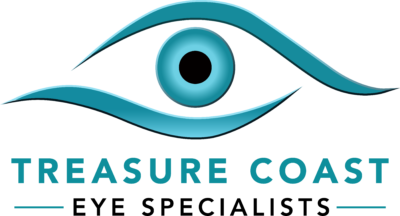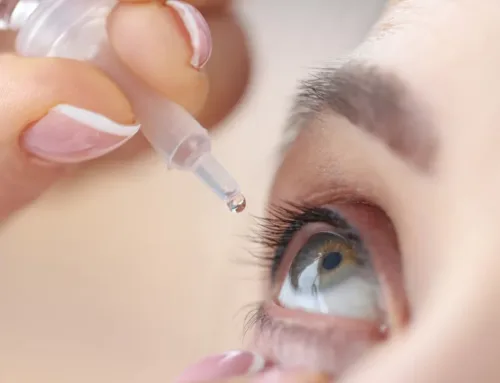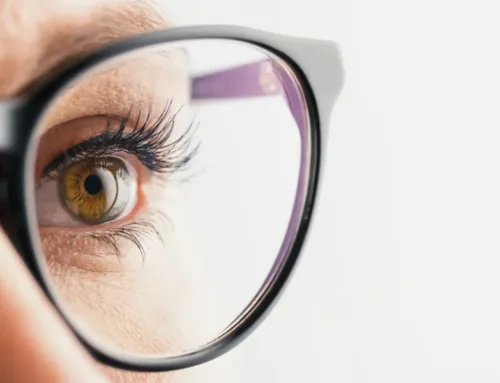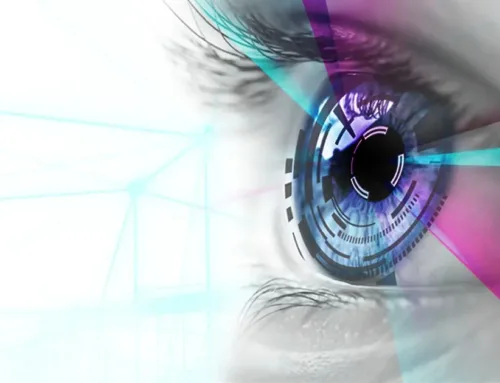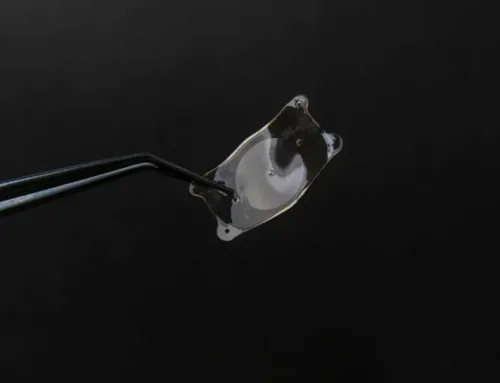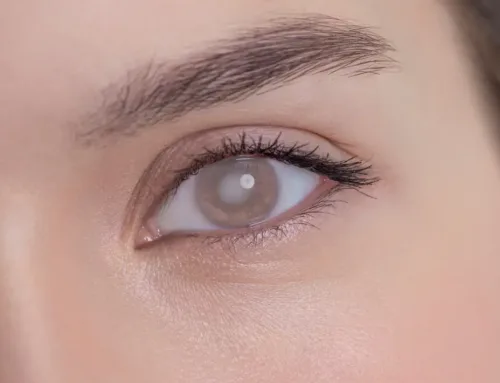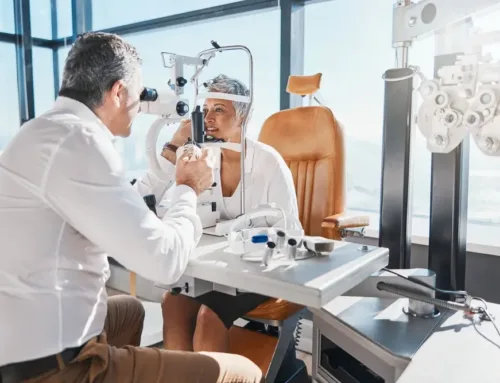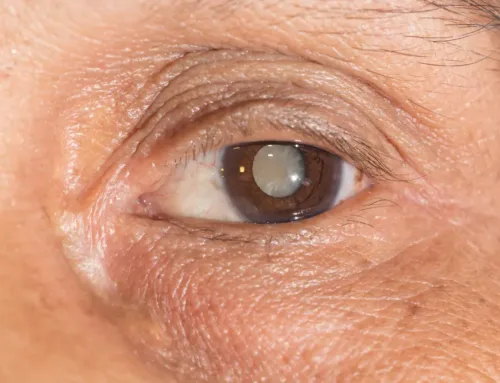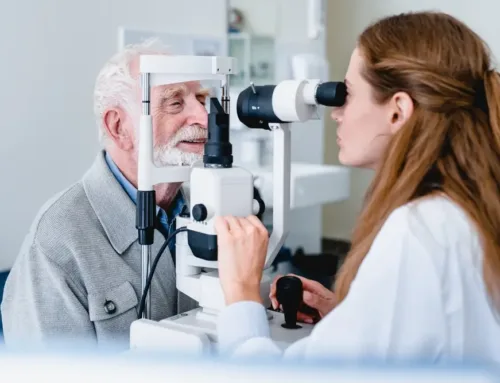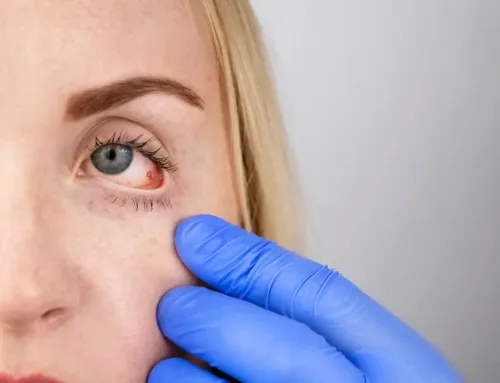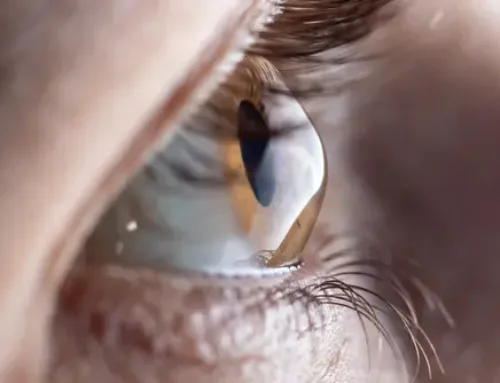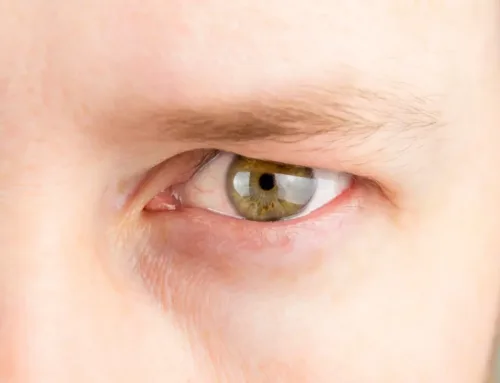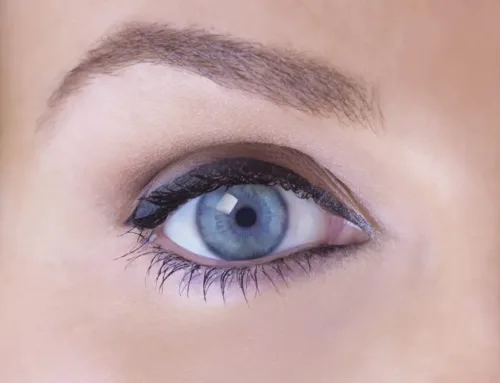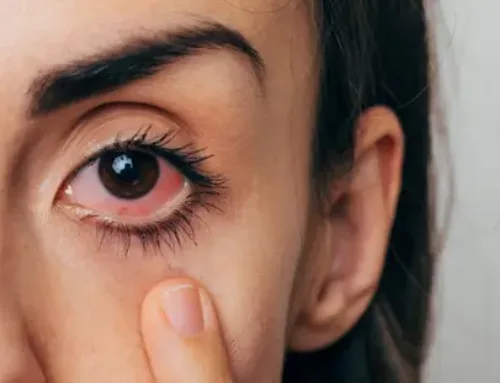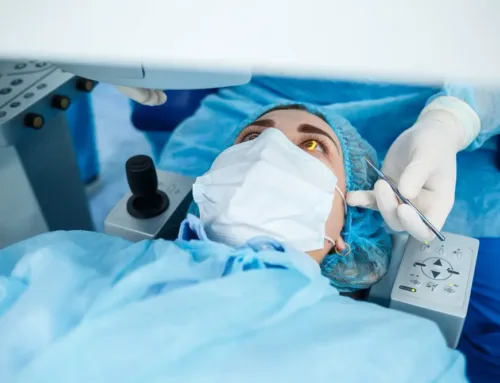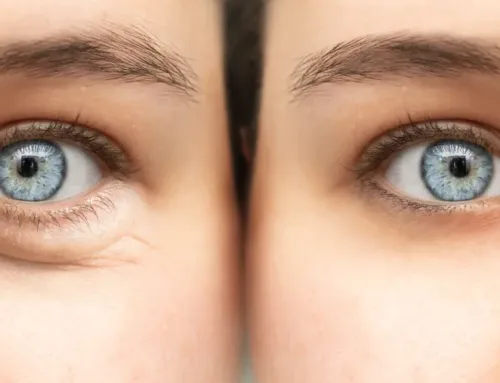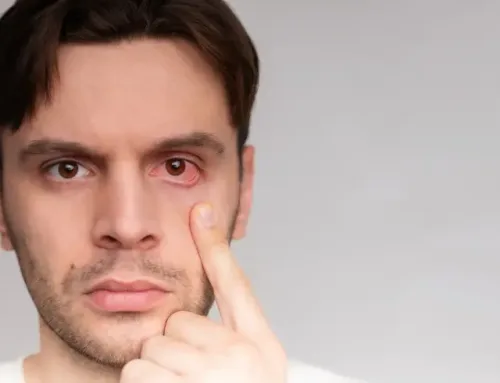Keratoconus is an eye condition where the cornea thins and bulges out in a cone shape. The cornea is the clear front part of the eye. The gradual bulging of the cornea leads to blurry vision and increased light and glare sensitivity.
The condition usually affects both eyes, but one eye can be worse. It may progress gradually for 10 or more years. Recognize the symptoms of keratoconus and know when to seek evaluation and treatment.
What Causes Keratoconus?
Keratoconus usually develops in the late teen and early adult years. It is unclear what causes the eye condition, but it may be due to genetic or environmental factors. Around 10% of people with the condition have a parent with keratoconus.
Several factors can increase the risk of developing the condition. They include having a family history of the disease, vigorous eye rubbing, and having certain health conditions. Individuals with Down syndrome, retinitis pigmentosa, hay fever, Danlos syndrome, asthma, and Marfan syndrome risk developing keratoconus. 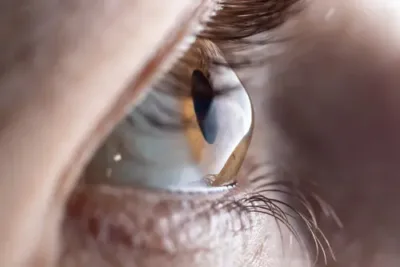
Symptoms Of Keratoconus
The symptoms of keratoconus vary among individuals and usually change as the disease progresses.
They include:
- Distorted or blurry vision
- Increased light and glare sensitivity
- Sudden clouding or worsening of vision
- The need for frequent changes in lens prescriptions
If you experience a rapid worsening of your vision, visit your eye doctor. It could be due to astigmatism or an irregular eye curvature. Doctors can detect signs of keratoconus during eye exams.
Complications Of Keratoconus
In some cases, the cornea can swell rapidly, causing sudden reduced vision and corneal scarring. It occurs due to a condition where the inner corneal lining (Descemet’s membrane) breaks down. When this happens, fluid enters the cornea.
This condition is known as hydrops; while the swelling may go away without treatment, a scar may form, affecting vision. In an advanced stage where the cone is prominent, keratoconus can lead to corneal scarring. A scarred cornea can result in worsening vision issues and may require transplant surgery.
Evaluation For Keratoconus
If you experience blurry vision and other vision changes, you need an evaluation. A diagnosis can determine if you have keratoconus. In the early stages, glasses or contact lenses can correct vision problems.
If your condition worsens, the doctor may recommend alternative treatments. To diagnose the condition, the doctor will review your family and medical history. Doctors also conduct tests that include eye refraction, slit-lamp examination, computerized corneal mapping, and keratometry.
Treatment For Keratoconus
Treatment for the condition depends on its severity and rate of progression. The goal of treatment is to slow disease progression and improve vision.
Treatment options include:
- Eyeglasses or contact lenses. Regular soft contact lenses can treat distorted or blurry vision in the early stages.
- Specialized contact lenses. Hard or rigid gas-permeable lenses can help treat advanced keratoconus. The doctor may recommend hybrid, scleral, and piggyback lenses.
- Corneal collagen cross-linking The therapy procedure stabilizes the cornea, which can help prevent progressive vision loss.
If the cornea is scarred or extremely thin, wearing contacts can be difficult. During the advanced stage, your eye doctor may recommend cornea transplant surgery. It will depend on the severity of your condition. Regular comprehensive eye exams help detect early signs of keratoconus and other eye conditions.
For more on recognizing the symptoms of keratoconus, visit Treasure Coast Eye Specialists at our office in Port Saint Lucie or Stuart, Florida. Call 772-400-2400 or 772-286-0007 to book an appointment today.

